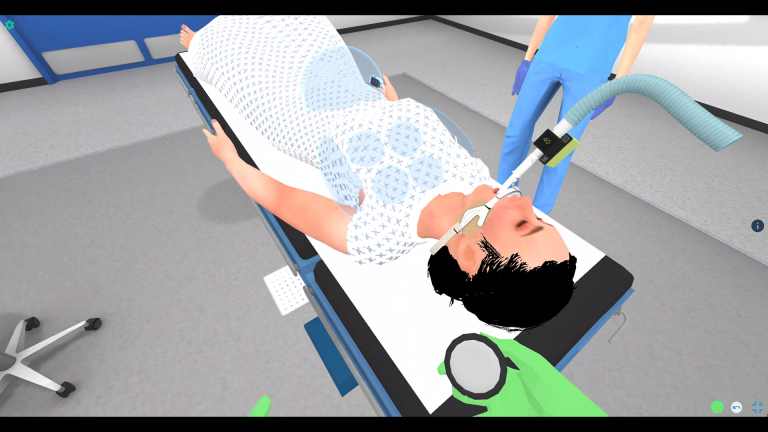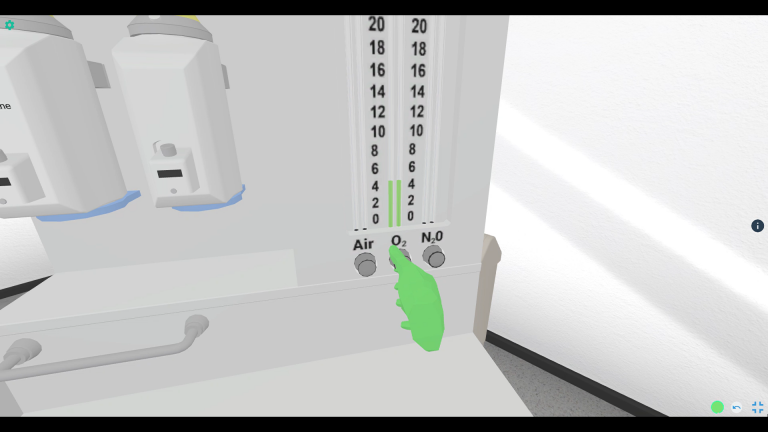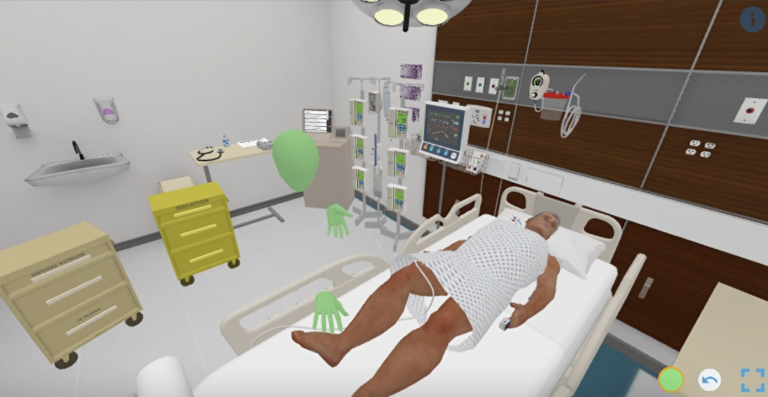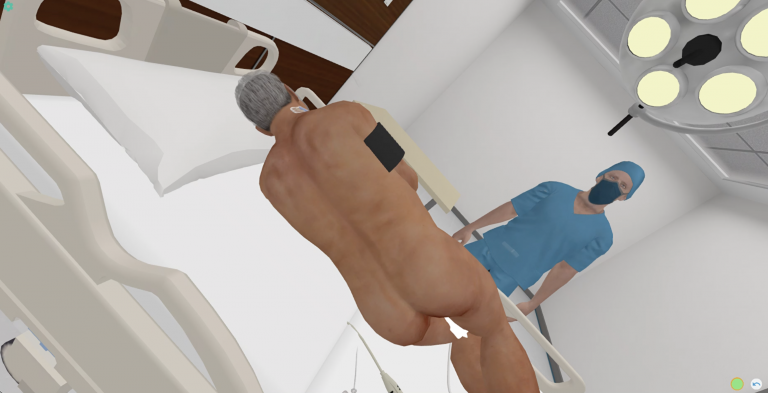University of Pennsylvania SoN
Showing all 2 results
Language(s)
Room Size
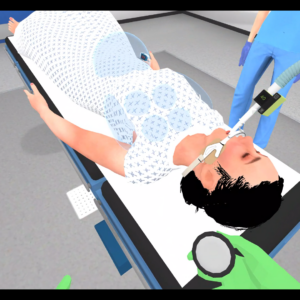
Anesthesia Post-op
University of Pennsylvania SoNIn the Operating Room, a 23-year-old female patient with an undiagnosed pseudocholinesterase deficiency is undergoing general anesthesia for a D&E. As the surgical case is completed, the Student Registered Nurse Anesthetist (SRNA) turns the anesthesia off. Still, the deficiency causes the patient to remain under the influence of the paralytic...
In the Operating Room, a 23-year-old female patient with an undiagnosed pseudocholinesterase deficiency is undergoing general anesthesia for a D&E. As the surgical case is...
Case Information:
Bundles:
Learner Population: Nursing
Specialty: Nursing
Author: University of Pennsylvania SoN
Language: English
Room size: 20x20
Setting: Hospital
Patient ect: Adult
Patient Gender: Female
Tags:
Anesthesia,
anesthesia complication,
extubation,
extubation protocol,
paralytic,
pseudocholinesterase deficiency,
train of four,
ventilator management,
ventilator settings,

